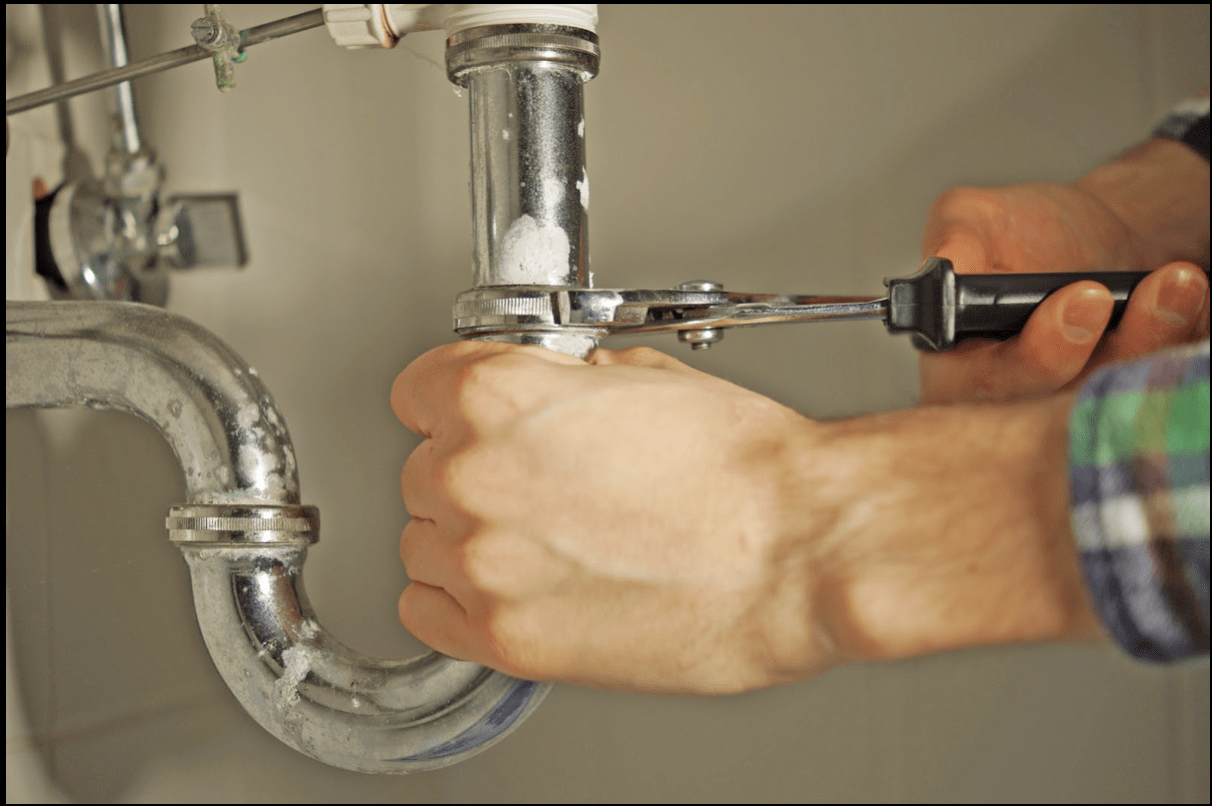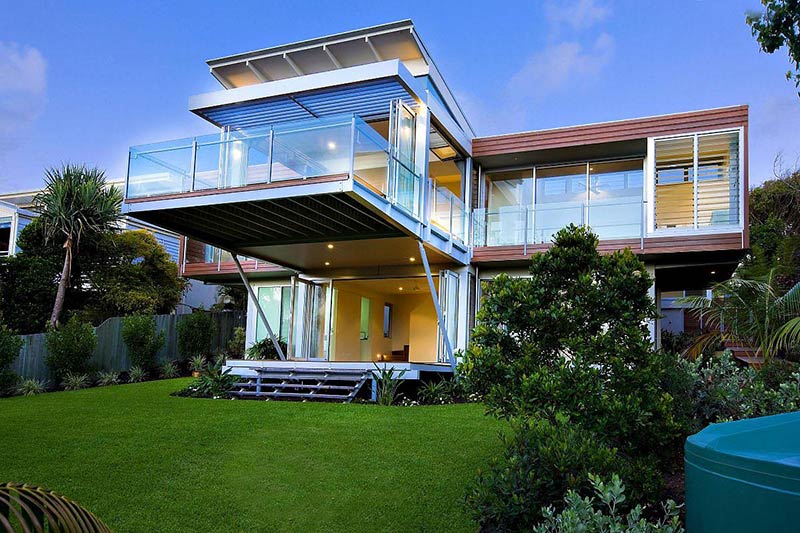Environmentally Friendly Piping Systems: Creating a Green Residential Space
Environmentally Friendly Piping Systems: Creating a Green Residential Space
Blog Article
In this article on the next paragraphs you can find more good additional info relating to Eco-Friendly Plumbing Practices for a Greener Home.

Intro
In today's world, lasting living is coming to be increasingly crucial. One location where homeowners can make a considerable effect is with eco-friendly pipes remedies. By embracing ecologically conscious techniques, homes can decrease their water and power intake while adding to a healthier earth.
Water-Efficient Fixtures
Traditional fixtures often drainage needlessly. Nevertheless, modern low-flow commodes, faucets, and showerheads are designed to reduce water use without sacrificing performance. These fixtures can substantially decrease home water usage, causing reduced water bills and a reduced environmental footprint.
Greywater Systems
Greywater refers to carefully used water from resources such as showers, sinks, and washing equipments. Rather than allowing this water go to waste, greywater systems reuse it for non-potable uses such as landscape watering and bathroom flushing. By executing a greywater system, property owners can save fresh water sources and reduce strain on local wastewater therapy facilities.
Rain Harvesting
Rain collecting includes gathering and keeping rain for different functions, including watering, bathroom flushing, and laundry. Rain collecting systems typically consist of a collection surface area (such as a roof), gutters, downspouts, and tank. By harvesting rain, house owners can decrease their reliance on local water sources and save freshwater sources.
Solar Water Heaters
Standard hot water heater count on nonrenewable fuel sources or electricity to warm water, contributing to carbon discharges and energy intake. On the other hand, solar water heaters utilize sunlight to warmth water, offering a renewable and environmentally friendly alternative. By utilizing solar power, property owners can decrease their energy costs and decrease their carbon footprint.
Environment-friendly Pipeline Materials
Conventional plumbing products such as copper and PVC can have adverse ecological impacts throughout production and disposal. Nonetheless, there are sustainable options available, such as recycled steel, cross-linked polyethylene (PEX), and high-density polyethylene (HDPE). These green pipeline materials use durability, longevity, and lowered environmental influence.
Energy-Efficient Devices
In addition to water-efficient components, energy-efficient devices can better reduce a home's environmental impact. High-efficiency cleaning makers and dishwashers utilize much less water and energy per cycle, aiding to save resources and reduced energy bills. When looking for home appliances, try to find ENERGY STAR ® certified models for maximum effectiveness.
Smart Water Management Solution
Developments in innovation have made it easier than ever before to monitor and maximize water usage in the home. Smart water monitoring systems utilize sensing units and information analytics to track water usage in real-time, recognize leaks, and provide insights for conservation. By carrying out smart water management options, house owners can minimize waste and make the most of performance.
Cost Factors to consider
While environment-friendly pipes choices may have greater in advance costs than conventional options, they typically provide lasting cost savings through reduced water and energy costs. In addition, lots of federal governments use incentives such as rebates and tax obligation credit histories for environment-friendly upgrades, helping to counter first costs.
Installation and Maintenance
Appropriate installation and routine upkeep are necessary for ensuring the performance and longevity of environment-friendly pipes systems. It is essential to work with professional professionals to set up and service these systems to stay clear of issues and make the most of effectiveness. Regular upkeep jobs such as looking for leakages and cleaning filters can also assist protect against problems and enhance performance.
Environmental Benefits
The ecological benefits of environmentally friendly pipes are considerable. By saving water and power, homeowners can reduce their carbon footprint and lessen their influence on natural resources. Additionally, eco-friendly pipes techniques can aid secure ecological communities and maintain biodiversity for future generations.
Wellness Conveniences
In addition to ecological benefits, environmentally friendly pipes can also add to boosted interior air top quality and health. By utilizing safe materials and lessening chemical direct exposure, house owners can produce a healthier living atmosphere on their own and their family members.
Government Incentives
Many governments supply economic motivations to motivate house owners to embrace environment-friendly plumbing practices. These motivations may consist of discounts, tax credits, and low-interest fundings for energy-efficient upgrades. By benefiting from these programs, house owners can make eco-friendly enhancements a lot more budget friendly and obtainable.
Final thought
To conclude, green pipes alternatives use many benefits for property owners and the environment alike. By purchasing water-efficient components, greywater systems, rain harvesting, solar hot water heater, environment-friendly pipeline products, energy-efficient home appliances, wise water administration systems, and other sustainable remedies, houses can minimize their environmental footprint, reduced their utility bills, and add to a healthier earth for future generations.
Eco-Friendly Plumbing: Transform Your Home with Sustainable Plumbing Options
Understanding Eco-Friendly Plumbing System
At its core, eco-friendly plumbing is all about minimizing water and energy consumption in your home. It’s a green plumbing revolution changing how we think about our water supply and energy use. It offers many options for homeowners, whether you’re upgrading your home or dealing with an older home. By making these changes, you can help the environment, save money on your water and electricity bills, and create a greener, more sustainable home. So, read on to learn how to use eco-friendly plumbing solutions today.
Low Flow Fixtures: A Key to Water Conservation
One of the cornerstones of eco friendly plumbing is the use of low-flow fixtures. These fixtures, which include faucets, showerheads, and toilets, are designed to use much less water than their traditional counterparts. For instance, low-flow showerheads use significantly less water per minute than a standard showerhead without compromising the quality of your shower.
Low-flow toilets are another excellent example of water-saving options. They use fewer gallons of water per flush, making them a more water-efficient choice. By reducing your water usage, these fixtures contribute to a greener home and substantial savings on your water bills.
Maintaining an Eco-Friendly Plumbing System
Another critical aspect of eco-friendly plumbing is addressing water leaks promptly. A small water leak can waste much water over time, leading to water damage and increased water bills.
Regularly checking your plumbing system and fixing leaks can help save gallons of water and reduce your water bills.
Tankless Water Heaters: Hot Water When You Need It
Tankless water heaters, a popular choice in eco-friendly plumbing, are a revolutionary way to heat water in your home. Unlike traditional water heaters that constantly heat a tank of water, tankless water heaters operate on an on-demand basis. This means they only use energy when you need hot water, making them a more energy-efficient option.
This innovative approach to heating water can significantly reduce the energy your home uses. Traditional water heaters constantly work to keep a water tank heated, which requires much energy. In contrast, tankless water heaters heat water when needed, reducing energy consumption and saving money on energy bills. This is a great way to make your home more eco-friendly and embrace an eco-friendly lifestyle.
Insulating Water Pipes: Maximizing Energy Efficiency
Insulating your water pipes is another effective method in eco-friendly plumbing. Proper insulation can prevent heat loss, ensuring your hot water remains hot as it travels from your water heater to your faucet or showerhead. This means your water heater won’t have to work as hard to heat the water, thus saving energy.
For instance, insulating your water pipes can further enhance energy efficiency if you’re using a tankless water heater, which heats water only when needed. This is because the insulation reduces the heat lost as the hot water travels through the pipes, meaning the heater uses less energy to bring the water to the desired temperature.
Dual Flush Toilets: A Water Saving Option
Dual flush toilets are another excellent eco-friendly plumbing option that can help you save water. These toilets offer two flush options: one for liquid waste and one for solid waste. The liquid waste option uses less water than solid waste, allowing you to choose the water flow for each flush based on your needs.
Using less water for liquid waste, dual flush toilets can save thousands of gallons per year compared to traditional bathrooms. This can lead to significant savings on your water bills and contribute to a more sustainable and eco-friendly home.
Touchless Faucets: Saving Water With a Wave of Hand
Touchless faucets are a modern, eco-friendly plumbing option that can help reduce unnecessary water use. These faucets use motion sensors to turn on and off, meaning they only use water when you need it.
This can be particularly useful in the kitchen, where your hands might be full or dirty. Instead of leaving the water running while you handle food or clean dishes, the faucet will only run when your hand comes near the sensor. This reduces water flow and helps you use less water than traditional faucets, contributing to a more eco-friendly lifestyle.
Eco-Friendly Pipes: Eco-Friendly Plumbing Options
When considering eco-friendly plumbing options, paying attention to the materials used in your plumbing system is essential. Some pipes, like those made from copper or stainless steel, are recyclable and more environmentally friendly than PVC pipes. Choosing eco-friendly materials for your pipes can reduce your home’s environmental impact and create a more sustainable plumbing system. By making these small changes, you can make a big difference in your home’s eco-friendliness.
Eco-Friendly Plumbing: Make Your Home Greener
Switching to eco-friendly plumbing options can have a significant positive impact on the environment and your wallet. Not only can these changes reduce your water and energy consumption, but they can also help prevent water waste and damage, contributing to a healthier planet.
Eco-friendly plumbing is more than just a trend; it’s a lifestyle change contributing to a more sustainable future. By making these changes in your home, you can help the planet while saving money on your water and energy bills.
https://intownplumbingtx.com/articles/eco-friendly-plumbing/

As a devoted reader about 6 Reasons to Choose Eco-Friendly Plumbing Solutions, I was thinking sharing that segment was a smart idea. Do you know another person who is interested in the niche? Do not hesitate to share it. Kudos for your time. Return soon.
Visit Page Report this page